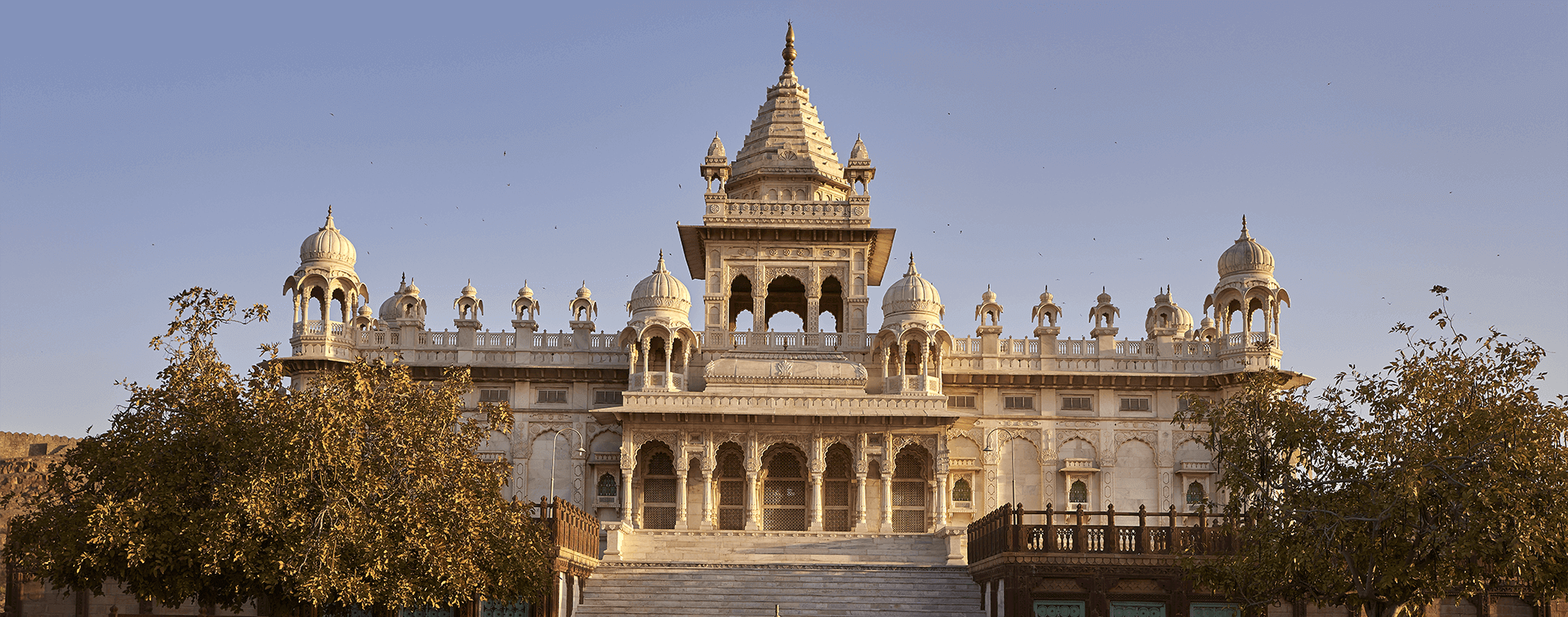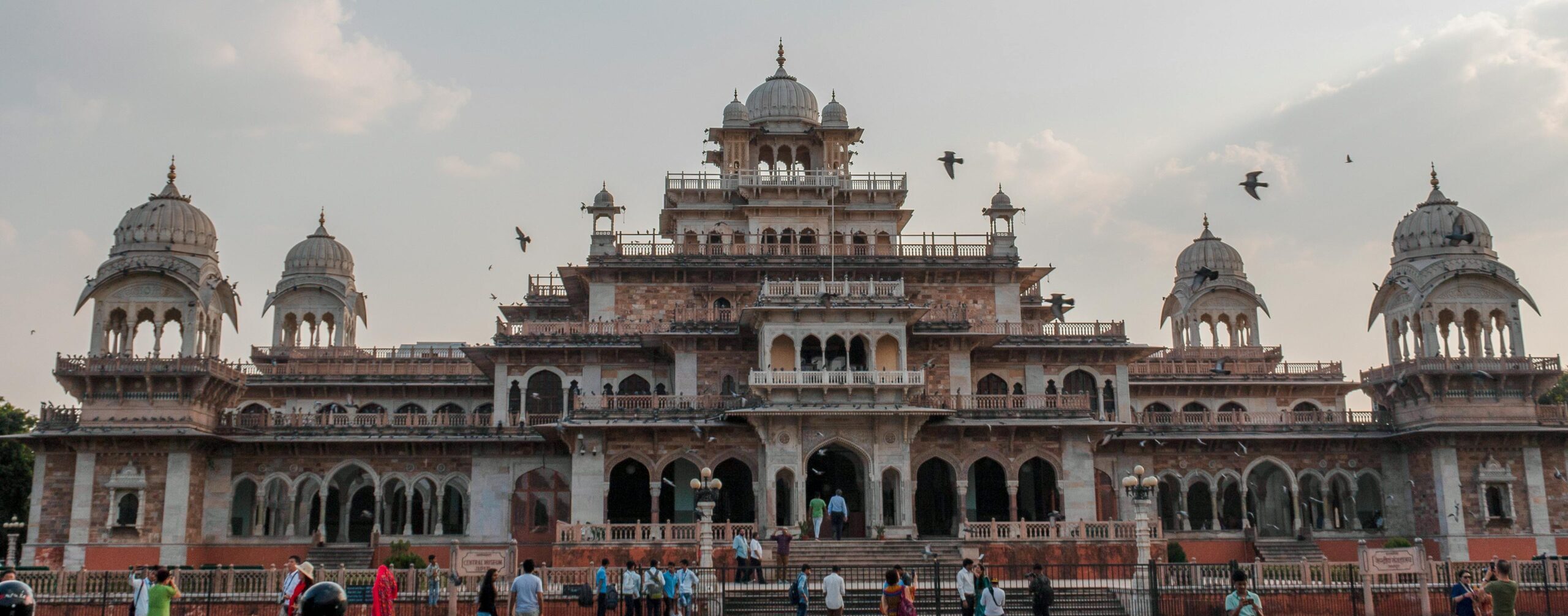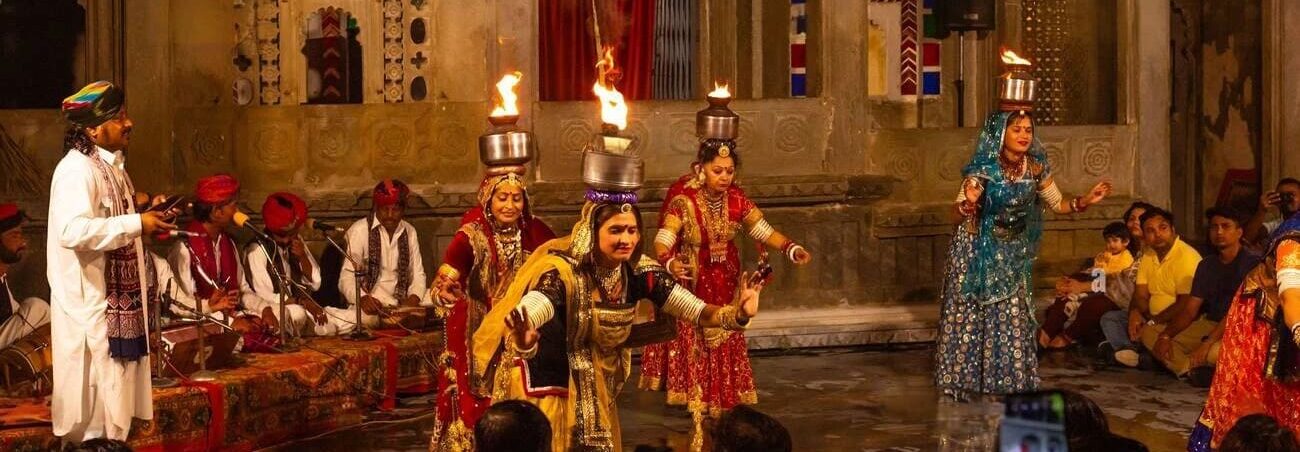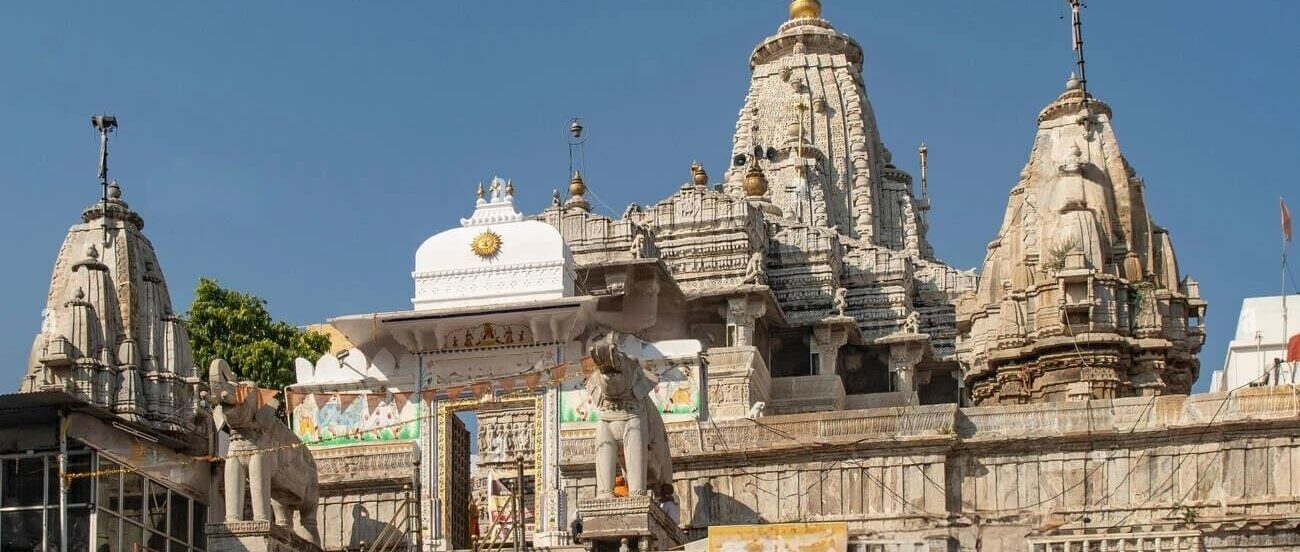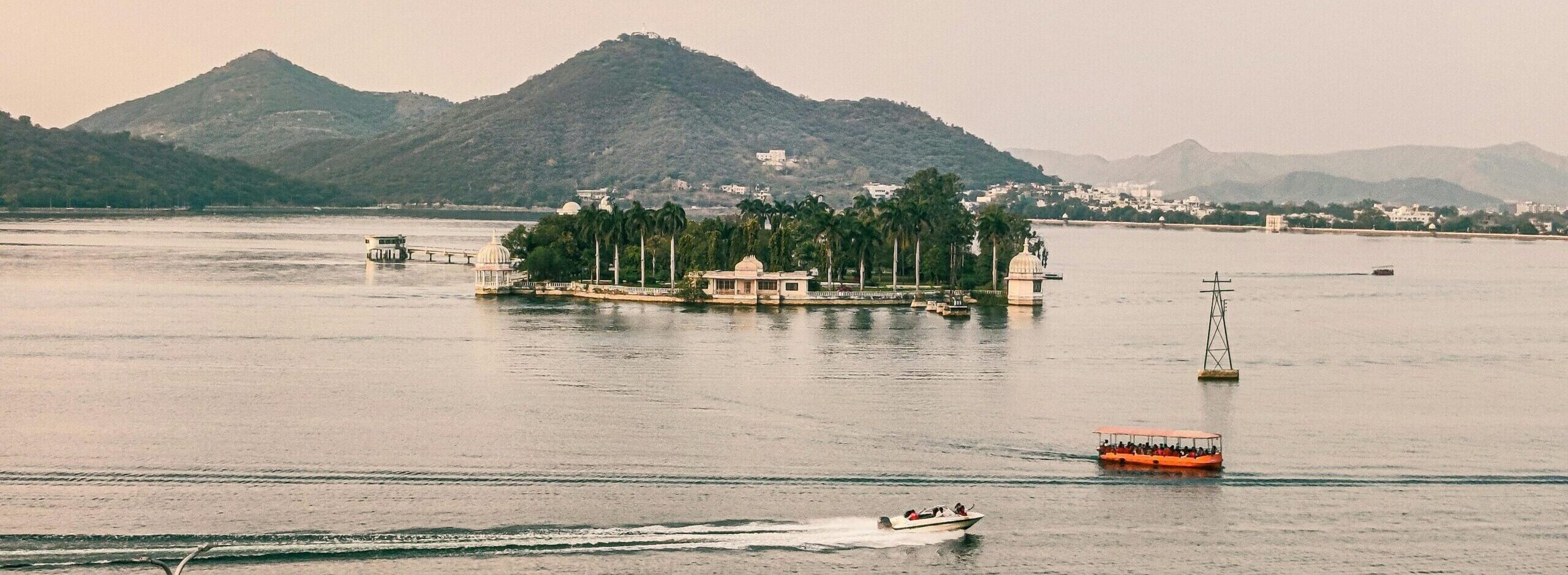Jagat Shiromani Temple Jaipur – History, Architecture & Timings
Hidden away in the ancient town of Amer, just a short distance from Jaipur, Jagat Shiromani Temple is a quiet and lesser-known gem in Rajasthan’s rich cultural and spiritual heritage. Constructed in the early 17th century, this beautiful temple is a religious center and monument to religion, art, and royal heritage. Dedicated to Lord Krishna and legendary poet-saint Meera Bai, the Shri Jagat Shiromani Ji temple is said to contain idols of Shri Krishna that Meera once worshipped. With carved pillars, ornate ceilings, and a unique blend of North and South Indian styles of architecture, Jagat Shiromani Mandir gives a glimpse of the grandeur of the Rajput craftsman and the religious passion of the previous era. Regardless of whether you are a history enthusiast, an architecture lover, or a spiritual pilgrim, this Shri Jagat Shiromani Ji temple guarantees an experience that is serene and deep. In this blog, we will explore various facts that make Jagat Shiromani Temple Jaipur, a must-visit in Jaipur’s cultural heritage. Jagat Shiromani Temple Jaipur History The Jagat Shiromani Temple, located in the ancient city of Amer close to Jaipur, is a fine testament to Rajasthan’s royal passion and architectural magnitude. Constructed during 1599-1608 CE, this temple was commissioned by Queen Kanakwati, wife of King Man Singh I of the Kachhwaha dynasty. She constructed the Jagat Shiromani Mandir in memory of her young son, Prince Jagat Singh, who passed away in early life—hence the name of the temple, meaning “the jewel among the world’s temples.” What distinguishes Shri Jagat Shiromani Ji Temple from so many other temples of its era is not just its beautiful architectural blend of Rajput, Mughal, and South Indian Dravidian styles, but also its strong mythological and devotional connections. The temple stands singularly devoted to Lord Krishna, Lord Vishnu, and the Bhakti saint Meera Bai, the mystic poetess renowned for her unshakeable devotion to Krishna. As part of local history, Meera Bai herself first revered the idol of Lord Krishna installed within the temple in Mewar and subsequently brought it to Amer for protection during periods of political turmoil. Such a belief lends a sense of holy authenticity to the temple and renders it a religiously important place among devotees. Jagat Shiromani Temple Jaipur Architecture Jagat Shiromani Temple Jaipur is a beautiful representation of early 17th-century temple construction, combining Rajput, Mughal, and South Indian architecture. The Jagat Shiromani Mandir Jaipur stands on a raised platform and features a grand arched gateway to a large courtyard. Its architecture is segmented into three parts: the sanctum (garbhagriha) containing the images of Lord Krishna and Meera Bai, a transitional antechamber, and a finely decorated mandapa (pillared hall). The shikhara (spire) of the temple stands grandly above the sanctum, decorated with small temple motifs. One of its most arresting features is the sophisticated stone carvings of gods, mythological motifs, floral designs, and characters from Hindu epics. The use of local marble and sandstone contributes to its agelessness. The temple also stands out because it features a statue of Meera Bai, highlighting the historical and spiritual importance of the temple. Festivals and Rituals Devotees celebrate numerous significant festivals and daily rituals with utmost fervor at the colorful hub of religious activity, the Shri Jagat Shiromani Ji temple. Important Festivals Janmashtami: Celebrating the birthday of Lord Krishna, this is the most revered festival in the temple. Thousands of devotees attend special prayers, devotional songs, and cultural performances here. People joyfully celebrate Holi, the festival of colors, here with music, dance, and rituals to appreciate Krishna’s mischievous nature. Diwali: They adorn the temple with exquisite lights and conduct special prayers to seek blessings for happiness and prosperity. Daily Rituals Morning and Evening Aarti: These daily prayer ceremonies are conducted with hymn chanting and bell ringing, creating a spiritually rejuvenating environment. Bhajans and Kirtans: Devotional singing sessions in reverence of Krishna and Meera Bai are conducted regularly, creating a strong sense of community and devotion. The rituals and festivals at Jagat Shiromani Mandir Jaipur provide tourists with an opportunity to feel Rajasthan’s vibrant religious heritage and the genuine devotion of its people. Jagat Shiromani Temple Jaipur Timings The Jagat Shiromani temple Jaipur timings opens in the morning from 6:00 A.M. to 1:00 A.M. and in the evening from 4:00 P.M. to 8:00 P.M. Jagat Shiromani Mandir Jaipur Ticket Price Then entry is free. Best Time to Visit The ideal time is October to March, when the weather is pleasant and perfect for sightseeing. Visit early morning (around 6 AM) for a peaceful experience and to witness morning rituals. Avoid peak summer and monsoon months due to heat and humidity. How to Reach Jagat Shiromani Temple You can easily reach Jagat Shiromani Mandir Jaipur, by private taxis, e-rickshaws, buses, and cabs. There are several transport options available to reach this temple. This temple is very close to Amber Fort. Conclusion Jagat Shiromani Temple is not merely a site of worship—it is a living reflection of Rajasthan’s glorious heritage, complex architecture, and spiritual devotion. Whether history, artistry, or inner peace draws you, this peaceful gem in Amer offers something for everyone, all through the ages. Visiting here isn’t merely viewing a monument—it’s experiencing a tale that keeps inspiring, century by century. Near By Attraction Jaigarh Fort – Jaigarh Fort, built in 1726 by Maharaja Sawai Jai Singh II, is located on the Aravalli hills near Jaipur. Constructed primarily as a military fortification, it was designed to protect the nearby Amer Fort and the city of Jaipur. Nahargarh Fort – Perched on the rugged ridges of the Aravalli Hills, overlooking the city of Jaipur, Nahargarh Fort is one of the most remarkable historical monuments in Rajasthan. Alongside Amber and Jaigarh Fort, Nahargarh once formed a crucial defence ring for the Pink City. Amber Fort – Amber Fort, a magnificent Rajput-era fortress in Jaipur, showcases stunning architecture, intricate mirror work, and grand courtyards. Overlooking Maota Lake, this UNESCO World Heritage Site offers breathtaking views, rich history, and a mesmerizing Light and Sound Show.
Jagat Shiromani Temple Jaipur – History, Architecture & Timings Read More »



